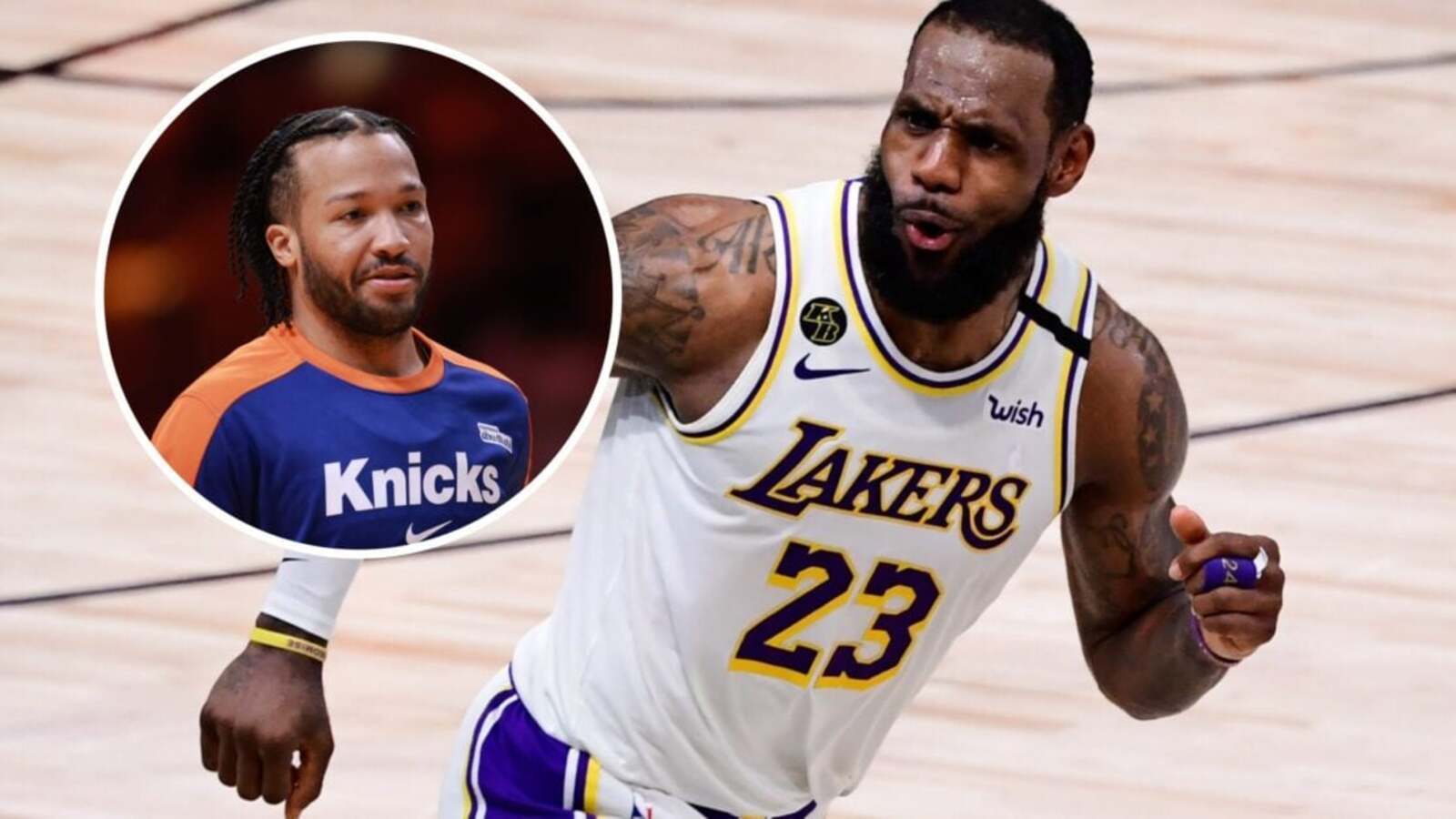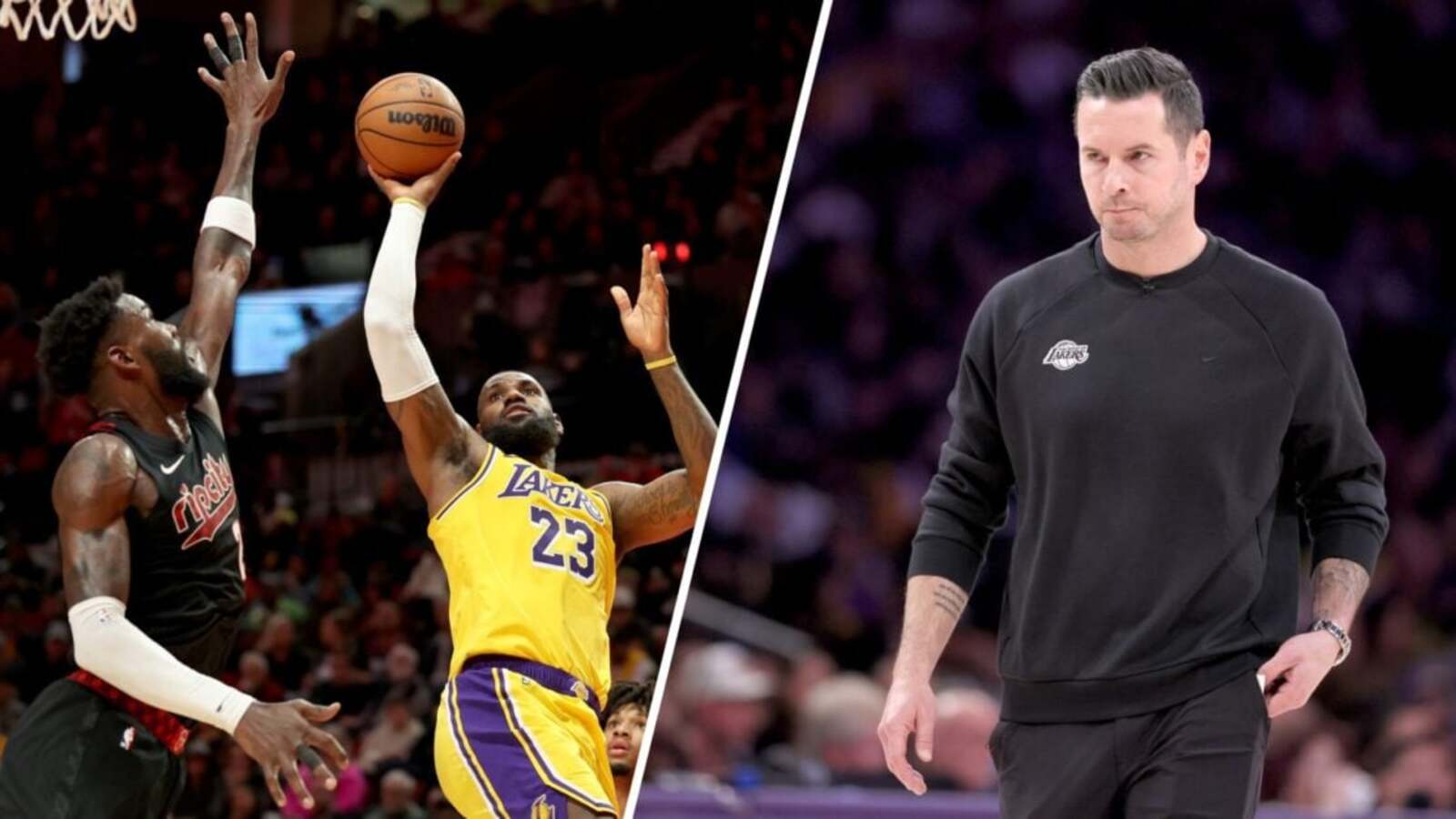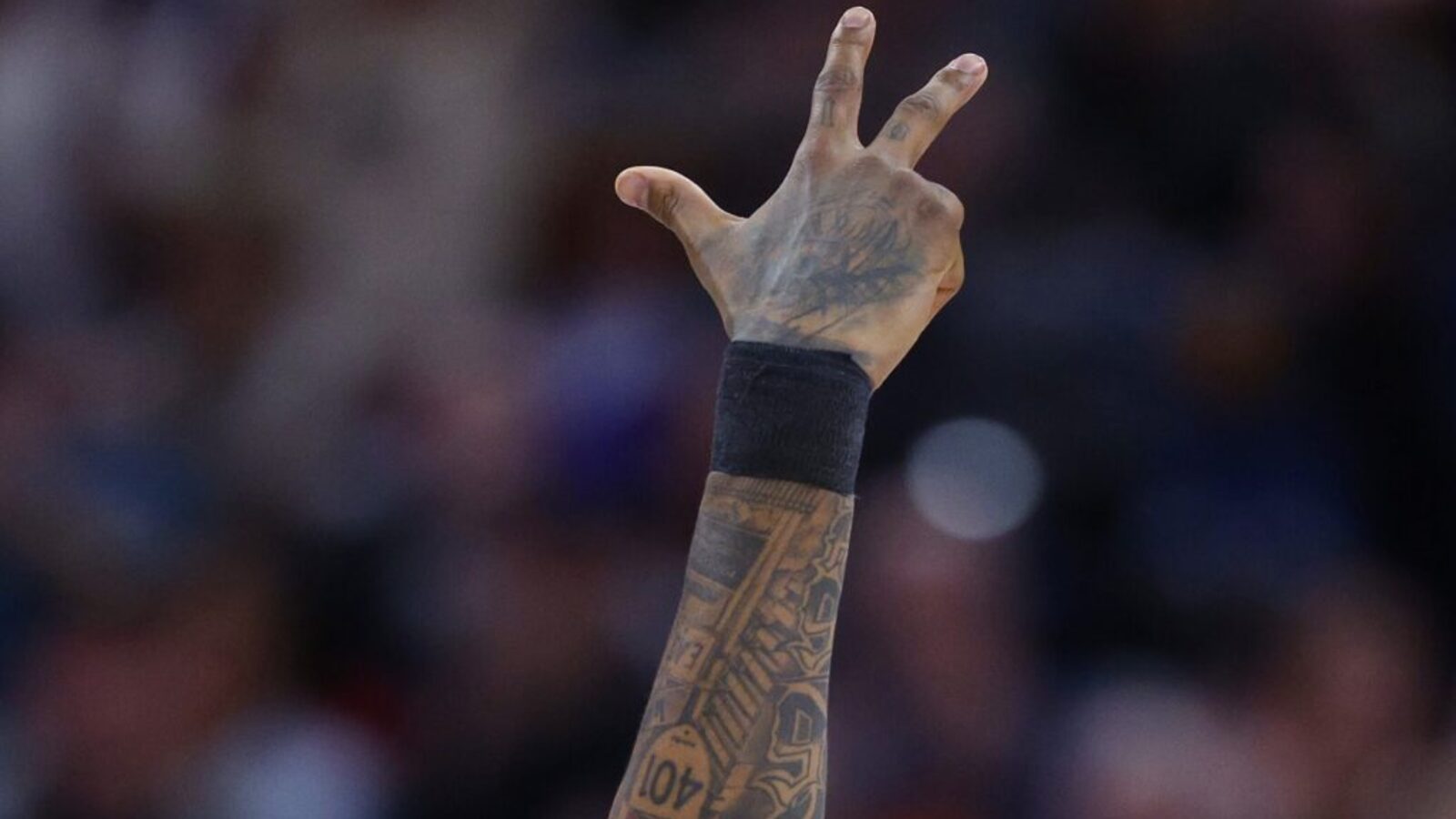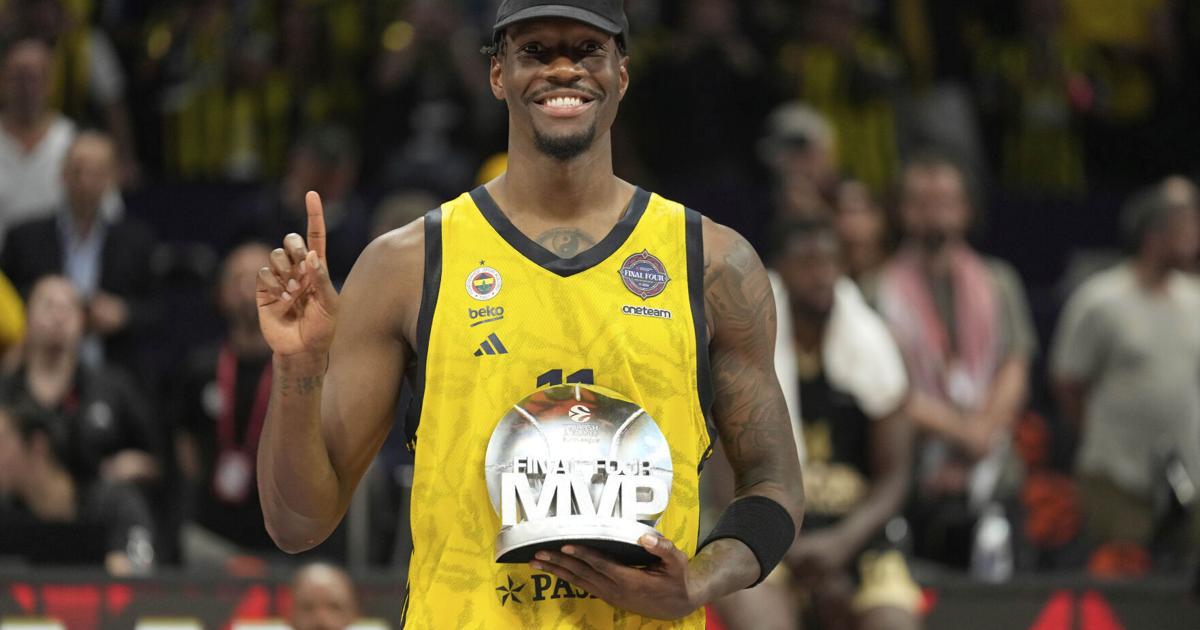The timeless discourse among basketball aficionados regarding the evolution of NBA defenses has once again been reignited, with none other than superstar LeBron James offering his influential perspective. This perennial NBA Debate often carves a distinct generational divide, as veteran fans frequently assert the superior toughness and physicality of Basketball Defense in eras past, while their younger counterparts champion the strategic sophistication of modern schemes.
Proponents of past eras often underscore the sheer physicality allowed in defensive play, recalling an era where hand-checking was prevalent and contact was more readily permitted, fostering an environment where individual defensive specialists could truly dominate. They highlight legendary defenders and teams known for their suffocating defensive prowess, arguing that the game’s current rules, designed to enhance scoring and fluidity, have inherently diluted the intensity of defensive matchups. This perspective often posits that the grit and grind of old-school Basketball Defense tested offensive players in ways seldom seen today.
Conversely, a growing contingent of younger fans and contemporary analysts contend that today’s Basketball Defense is arguably more complex and intellectually demanding than ever before. They point to the intricate schemes, rapid-fire rotations, and exceptional athleticism required to guard the league’s increasingly potent offensive talents and innovative playbooks. Rule changes, while often perceived as favoring offense, have paradoxically necessitated new forms of defensive adaptability, forcing teams to develop sophisticated team-wide strategies that emphasize communication, swift close-outs, and collective effort to contain high-powered offenses.
Injecting fresh context into this long-standing argument, LeBron James recently cited specific examples, pointing directly to the formidable offensive talents of Jalen Brunson and the team-oriented New York Knicks. James’s commentary, by name-dropping such a prominent individual scorer and a defensively sound team, suggests a deeper observation on how specific modern defensive approaches attempt to contain elite offensive threats, or perhaps how certain players manage to thrive against what many consider advanced schemes. This selective naming offers a potent validation of the ongoing discussion from a player currently at the pinnacle of the sport.
The involvement of a player of LeBron James’s stature in this NBA Debate lends significant weight to the discussion, moving it beyond mere nostalgic musings into an active, analytical comparison. His insights from experiencing both eras of the game provide a unique vantage point, reinforcing that even those at the highest level of professional basketball are actively engaging with and reflecting upon the historical trajectory of the sport. This demonstrates that the evolution of Basketball Defense remains a relevant and thought-provoking topic for players and fans alike.
Ultimately, the ongoing discourse about the state of Basketball Defense is less about definitively proving one era superior and more about appreciating the nuanced shifts in the game’s dynamics. From the individual defensive prowess of yesteryear to the sophisticated team-wide systems prevalent today, the dialogue invites fans from all generations to engage with the sport’s rich history. This rigorous analytical exchange keeps the passion for basketball alive, continually highlighting how strategies adapt and evolve in response to talent, rules, and coaching innovations within the NBA Debate.
Discover more from The Time News
Subscribe to get the latest posts sent to your email.






